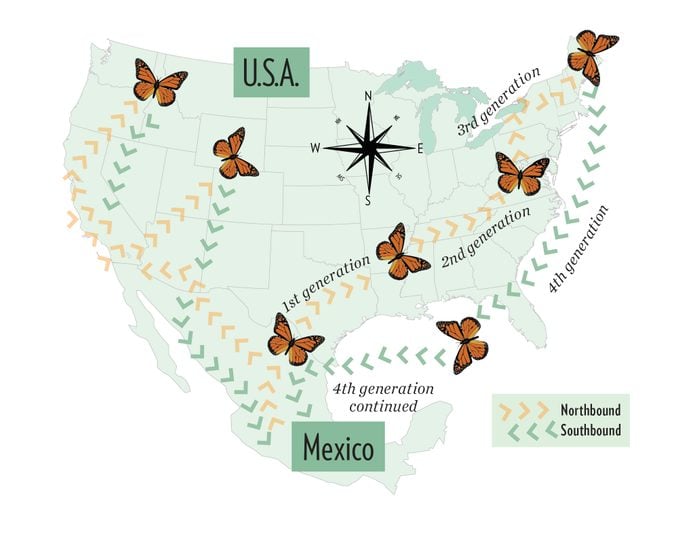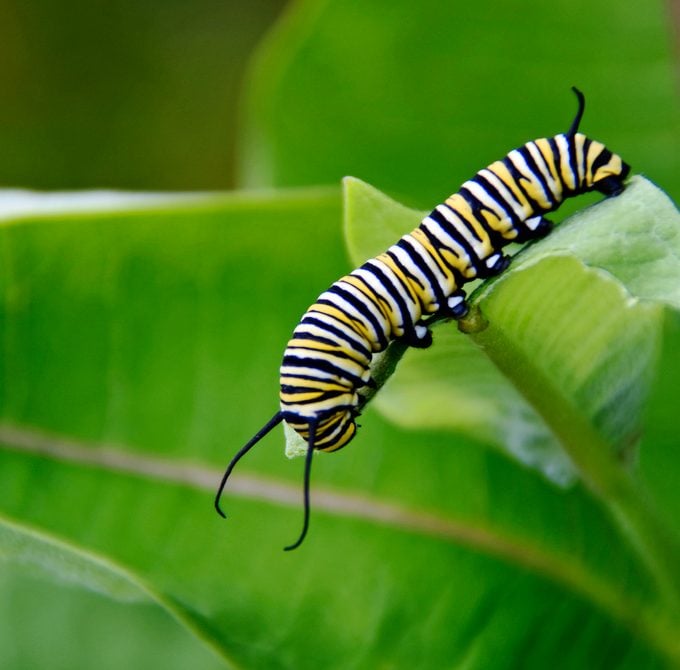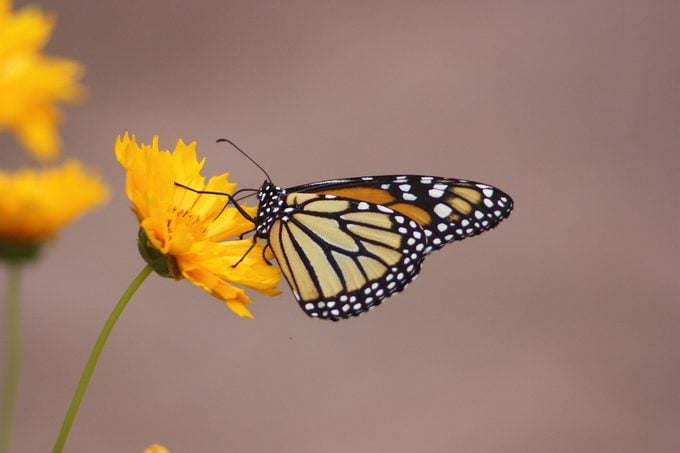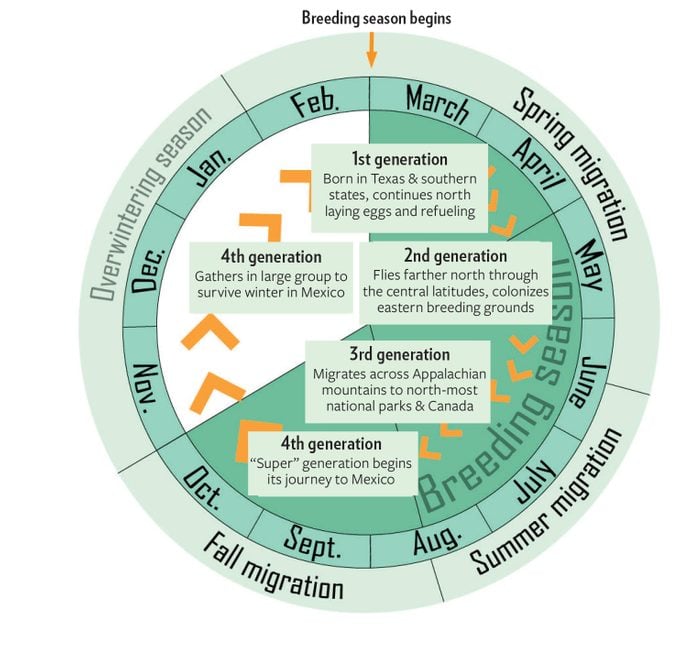Use This Monarch Migration Map to Track the Epic Journey
Updated: Jul. 30, 2021
There's more to the journey of monarch butterflies than you may know. Study this monarch migration map to see the route the butterflies take.

Monarch Migration Map
You might not notice, but a new life cycle is beginning in the garden. A monarch butterfly just laid an egg on a milkweed plant. This location was chosen for a reason: Milkweed leaves are the only food that monarch caterpillars eat. Here’s what a monarch egg looks like. The caterpillars have a big job to complete. Unlike other caterpillars that make a chrysalis, transform into butterflies and then die within weeks, monarchs are part of a yearly “super generation.” The monarch migration map (above) explains how these butterflies complete their annual journey.

The flight of the monarch butterfly may seem like a straightforward event, going south for winter, but it’s anything but simple. It’s actually a complicated trip, involving several generations. Plus, there’s both an eastern and a western migration, with many monarchs in the West wintering as far north as the coast of California. Grow fall blooming nectar flowers to help monarchs on their long journey.
Learn more fascinating monarch butterfly facts.

Take a look at their flight paths and the generation cycle for eastern monarchs on the chart (below) to better understand how this incredible event works. Start at the beginning of breeding season. Follow along to see what stage and location monarchs are in throughout the year.
Psst—check out 3 butterflies that look like monarchs.

Next, follow our ultimate guide to growing milkweed for the best way to support monarch butterflies and caterpillars. Then head to the National Park Service’s website to keep reading about monarch migration.




















